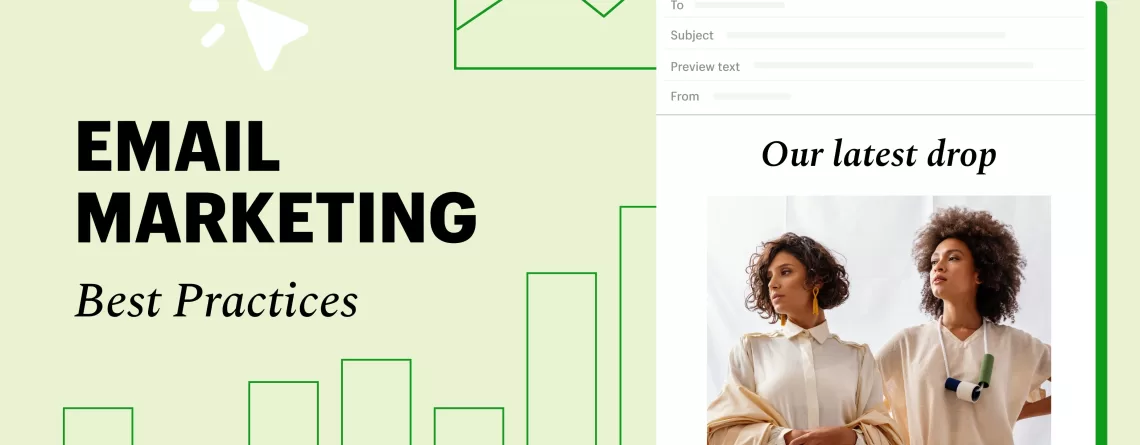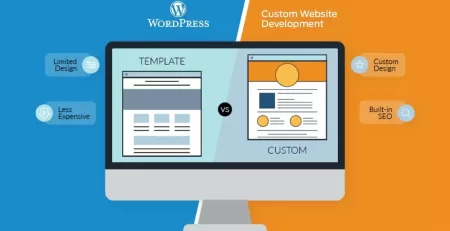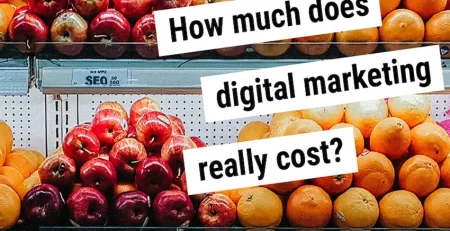Email marketing remains one of the most effective and direct ways to connect with your audience, nurture leads, and drive conversions. However, with inboxes flooded with messages, it’s vital to stand out and create campaigns that convert. In this comprehensive guide, we will explore the best practices for crafting high-converting email marketing campaigns that engage subscribers and drive results.
Understanding the Power of Email Marketing
Email marketing continues to deliver impressive results for businesses across various industries. Here are a few compelling reasons why it’s an essential tool in your marketing arsenal:
- High ROI: According to the Data & Marketing Association (DMA), the average ROI for email marketing is $42 for every $1 spent. It consistently outperforms other marketing channels.
- Direct Communication: Emails allow direct and personalized communication with your audience. You can tailor messages to individual subscriber preferences and behaviors.
- Conversion Focused: Email campaigns can be designed to move subscribers through the sales funnel, making it a powerful tool for driving conversions.
Best Practices for High-Converting Email Marketing Campaigns
1. Segment Your Email List
One-size-fits-all emails are a thing of the past. Segment your email list based on factors like demographics, past behavior, and interests. This enables you to send targeted, relevant content that resonates with each group, leading to higher engagement and conversion rates.
2. Personalization is Key
Use the recipient’s name and personalize content based on their past interactions with your brand. Personalized subject lines and email content can significantly boost open rates and conversions.
3. Craft Attention-Grabbing Subject Lines
The subject line is the first thing recipients see, so it must capture their attention. Create subject lines that are clear, concise, and pique curiosity without being misleading. A/B test different subject lines to determine what works best with your audience.
4. Mobile Optimization
Ensure that your emails are mobile-responsive. A large portion of email opens happens on mobile devices, and an email that doesn’t display properly on a smartphone can lead to high unsubscribe rates.
5. Clear and Compelling Call to Action (CTA)
Each email should have a specific and clear call to action. Whether it’s encouraging a purchase, signing up for a webinar, or downloading a resource, the CTA should be visually distinct and compelling.
6. Concise and Engaging Content
Keep your email content concise and scannable. Use images, bullet points, and short paragraphs to make it easy for readers to digest the information quickly. Use compelling storytelling techniques to engage the reader.
7. Provide Value
Deliver content that provides value to your subscribers. Whether it’s educational content, exclusive offers, or helpful tips, your emails should be more than just sales pitches.
8. Frequency and Consistency
Find the right balance in email frequency. Too many emails can lead to unsubscribes, while too few can make your brand less memorable. Be consistent in your sending schedule so subscribers know when to expect your emails.
9. A/B Testing
Regularly conduct A/B tests on various elements of your emails, such as subject lines, CTA buttons, and email copy. This data-driven approach allows you to optimize your campaigns over time.
10. Optimize for Deliverability
Maintain a clean email list by regularly removing inactive subscribers and managing bounces. Use a reputable email service provider to ensure your emails are delivered to inboxes, not spam folders.
11. Social Sharing Buttons
Include social sharing buttons to encourage subscribers to share your content with their network, expanding your reach.
12. Automate Your Campaigns
Implement marketing automation to send targeted and timely messages. This can include welcome sequences, abandoned cart emails, and post-purchase follow-ups.
13. Monitor and Analyze
Pay attention to email analytics, including open rates, click-through rates, conversion rates, and unsubscribe rates. Analyze the data to understand what’s working and where there’s room for improvement.
14. Compliance and Privacy
Ensure your email campaigns comply with relevant privacy laws, such as GDPR and CAN-SPAM. Be transparent about how you collect and use subscriber data.
15. Test on Multiple Email Clients
Before sending, test your emails on various email clients and devices to ensure they display correctly.
Conclusion
Email marketing remains a potent tool for connecting with your audience and driving conversions. By implementing these best practices, you can create high-converting email campaigns that engage subscribers, provide value, and lead to positive results. Remember that email marketing is an ongoing process of optimization; regularly review your data and adjust your strategies to meet the changing preferences and needs of your subscribers. With a well-executed email marketing strategy, you can build strong relationships with your audience and consistently achieve high conversion rates.












